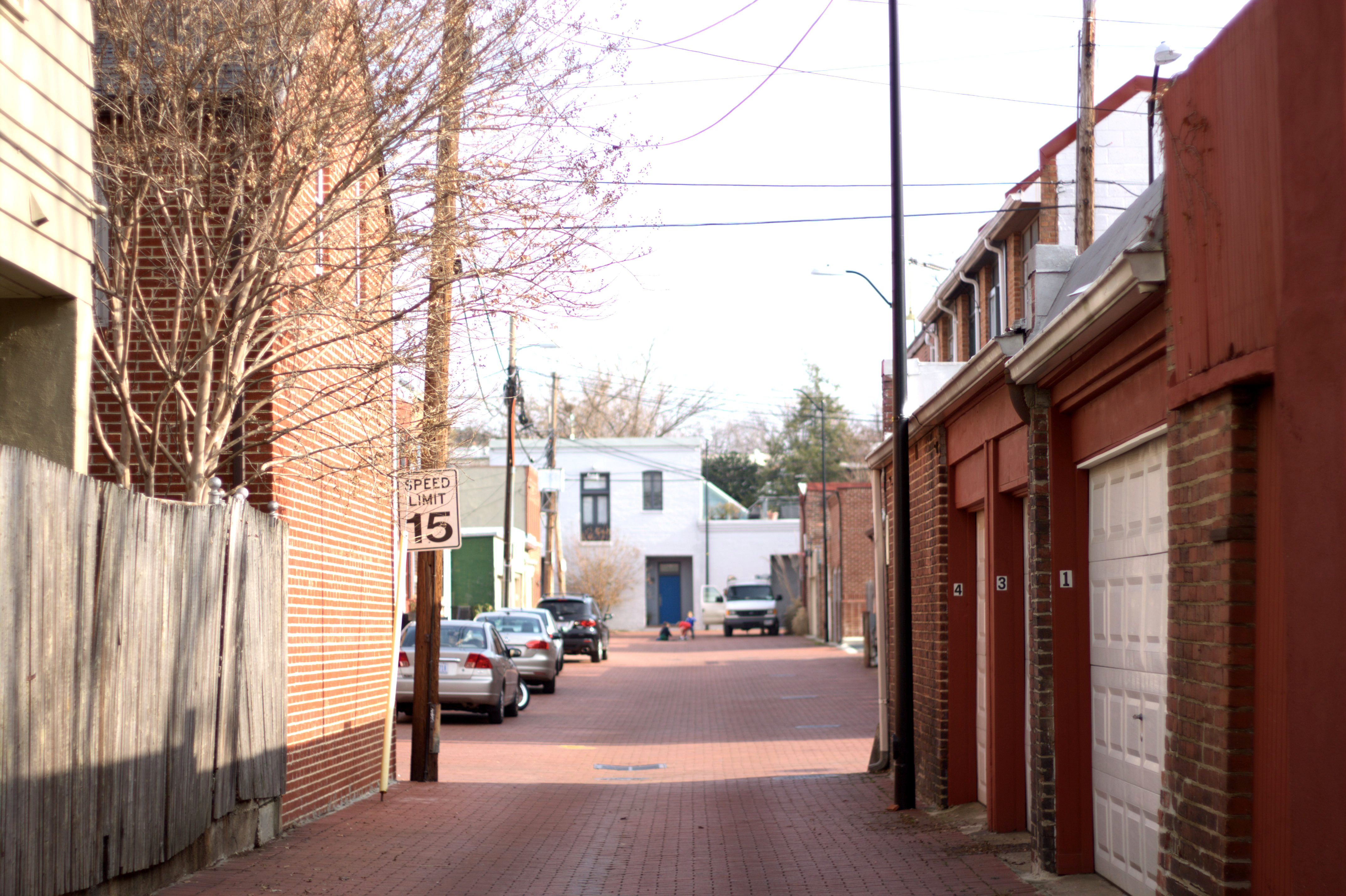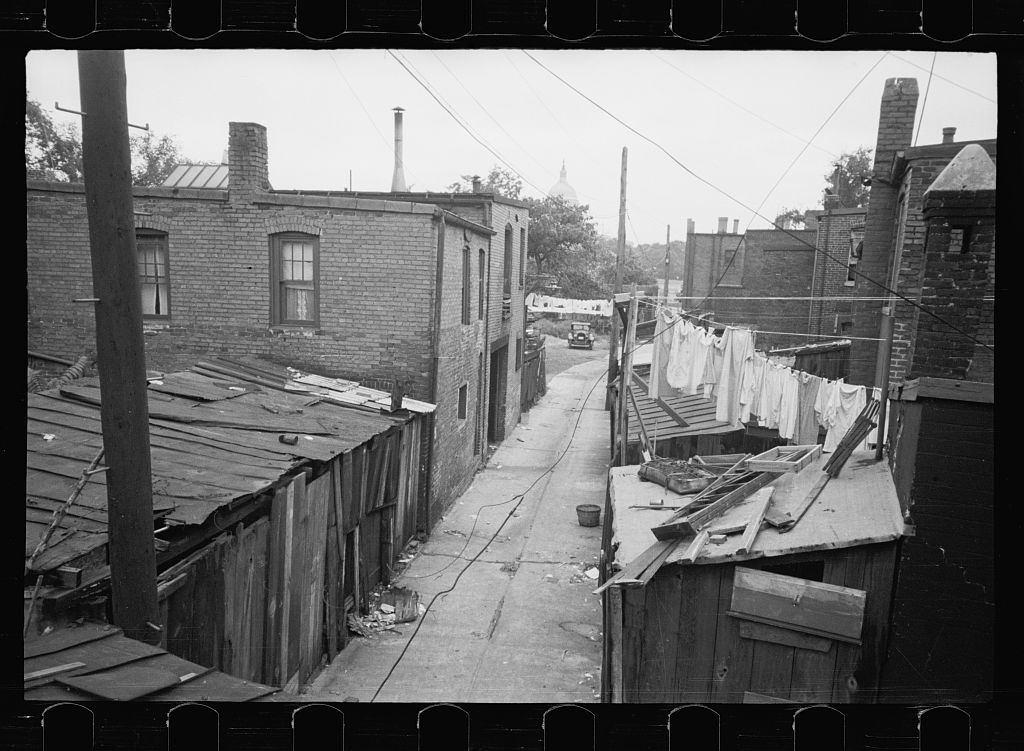Capitol Hill Slum
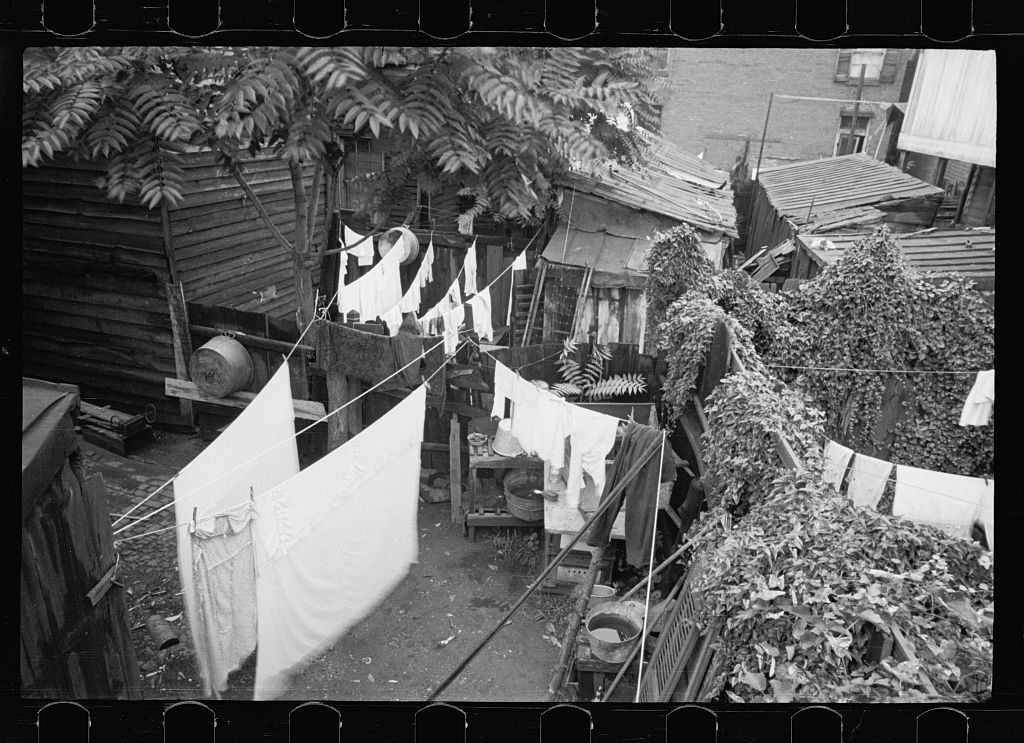
Winter, 2014
It's Saturday morning in Washington D.C.'s Capitol Hill neighborhood. Children play in fenced areas, home owners tend their gardens, and shoppers carry
Christmas trees from Eastern Market. Renovated row houses adorned with bright paint and holiday decorations are each an ode to the sheer
wealth confined in this small area. Occasionally one glimpses the U.S. Capitol or Senate buildings down alleyways used, nowadays, for parking and trash
collection. Some alleys are more like small side streets where front doors open to brick courts.
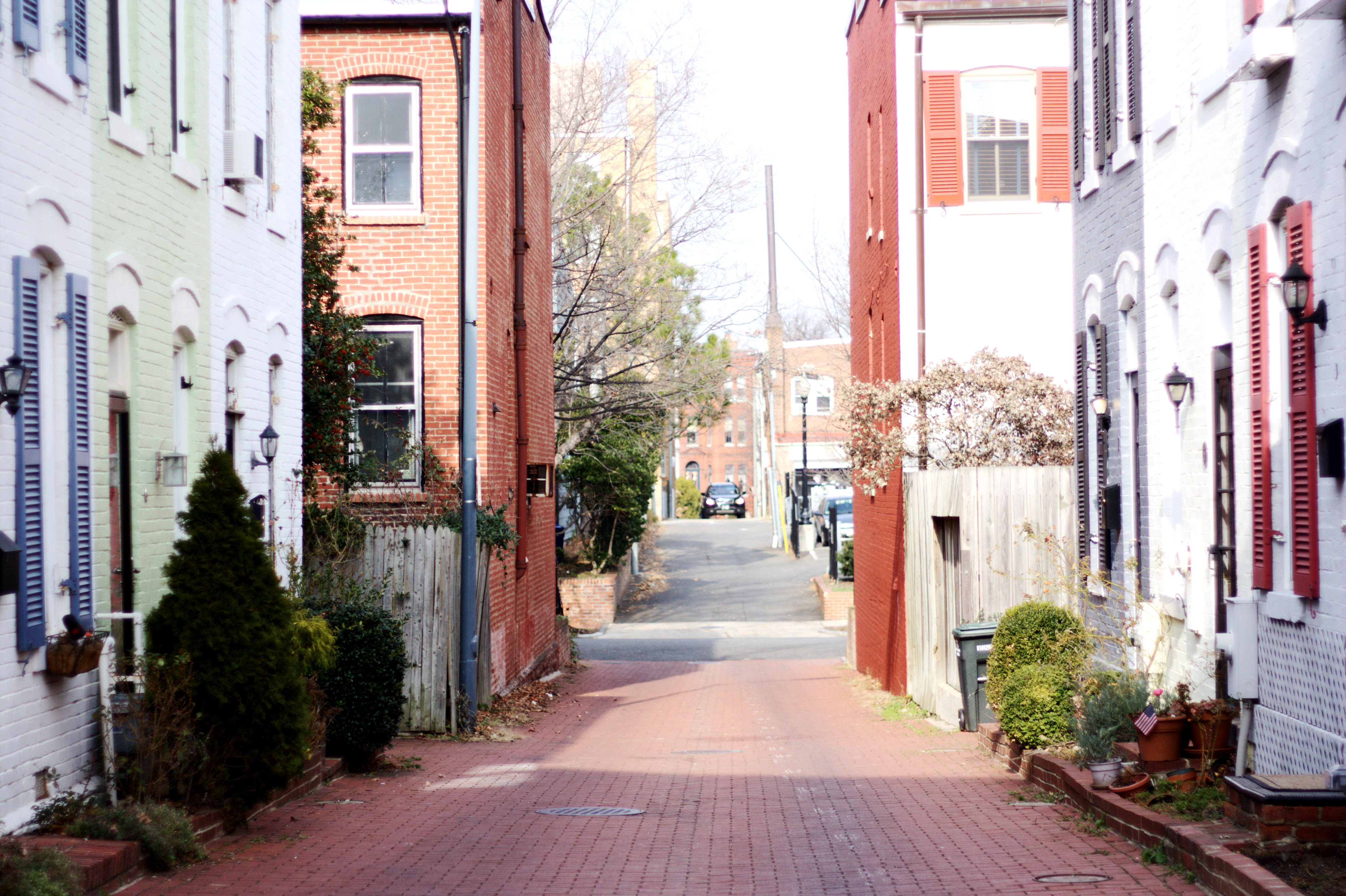
Summer, 1935
Several decades ago these alleys overflowed with detritus and human waste. Children ran barefoot among wood splinters and broken glass. Residents
shared decaying outhouses with no privacy. The row houses, many covered in holes and broken windows, sagged in various directions and provided no heating,
electricity, or plumbing. This unmonitored maze of human abjection spread from Union Station to Navy Yard and its younger citizens played on the U.S. Capitol
steps. The federal government's Resettlement Administration tasked one employee, Carl Mydans, with investigating slum conditions in America. He began by grabbing his camera and walking down the street.
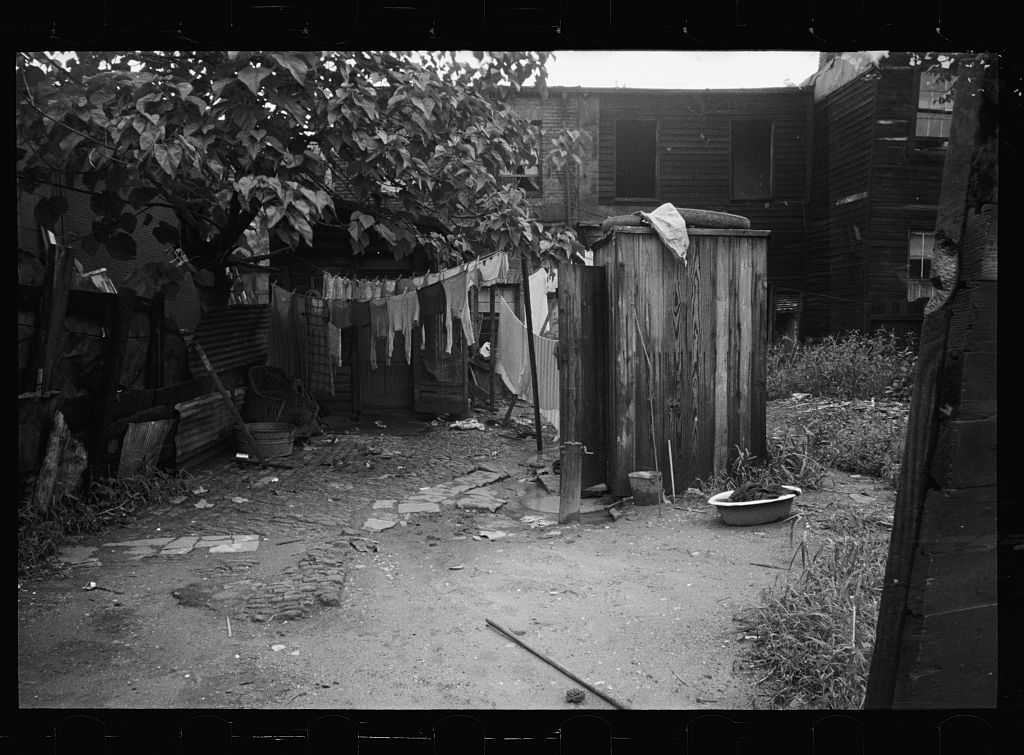
After the Civil War, demand for working-class labor boomed in D.C., along with the population. Many poor blacks and immigrants (mostly Irish and Italian)
moved into cheap alley dwellings hidden behind nicer street-facing residences. They created their own miniverse of cramped backyards, clothes lines, and
flooded walkways. Over time the city evicted residents and 'renovated' their homes, causing rents to soar and forcing poor labor to the city's outskirts.
Officials didn't complete that process until the 1950's, however, and some newspapers even
claimed Communists would use the slums as anti-U.S. propaganda.
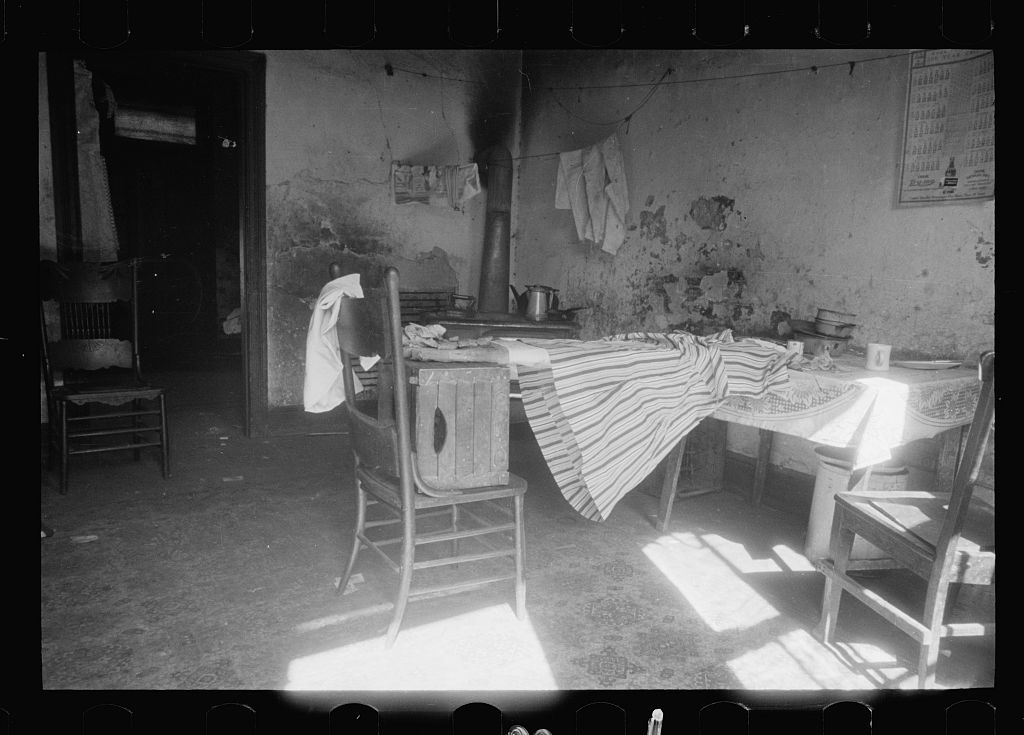
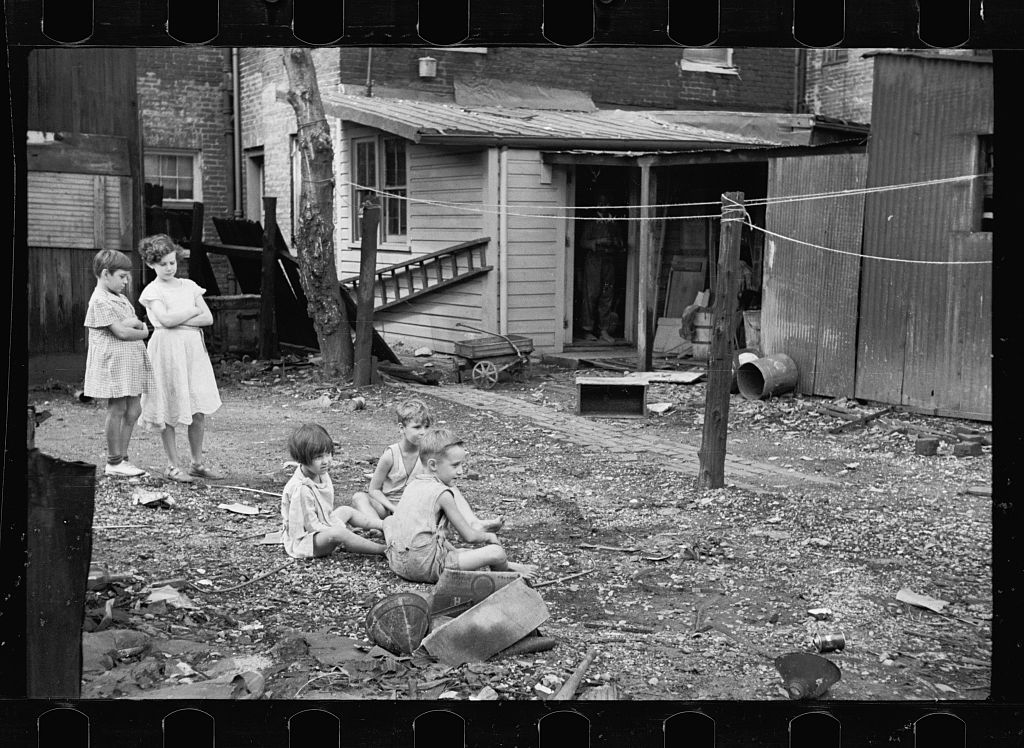
A Comparison
Today's alley dwellings - few remain - are paved with bricks and lined by expensive homes with modern amenities. Few dangers exist to public
health and safety, and almost no one living here is impoverished. Regulations were met, the area improved, and its original inhabitants displaced
forever in favor of higher income households. Whether or not the city's strategy had a net positive effect on low-wage workers is a matter for debate. Now,
perhaps, we can use Carl Mydans' images as a starting point to learn from past initiatives as D.C. continues to gentrify and long-standing communities
disintegrate into an ever expanding diaspora.
